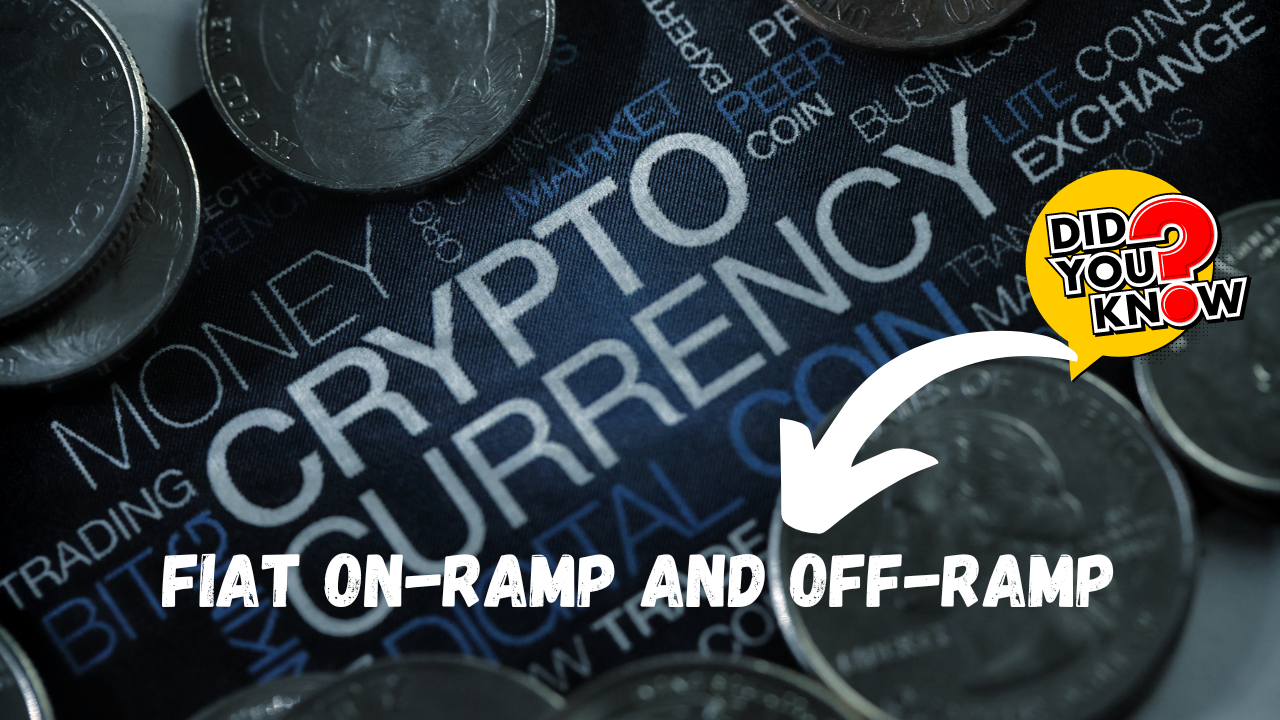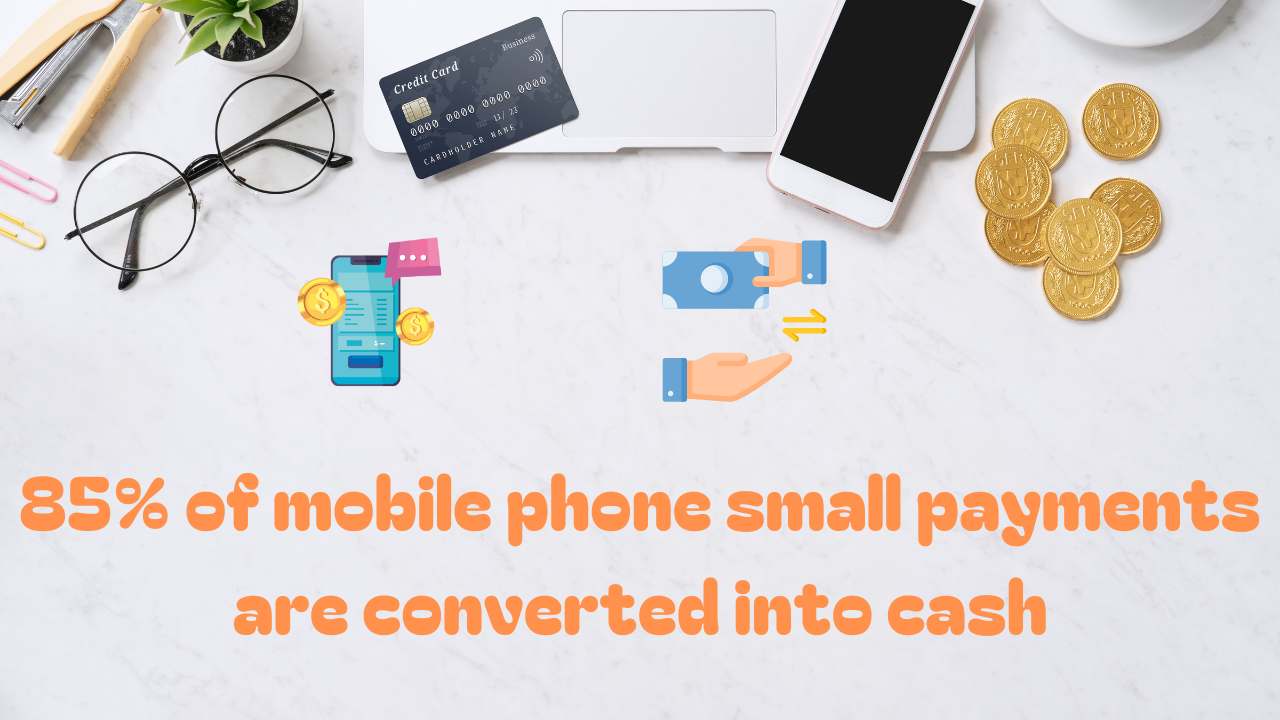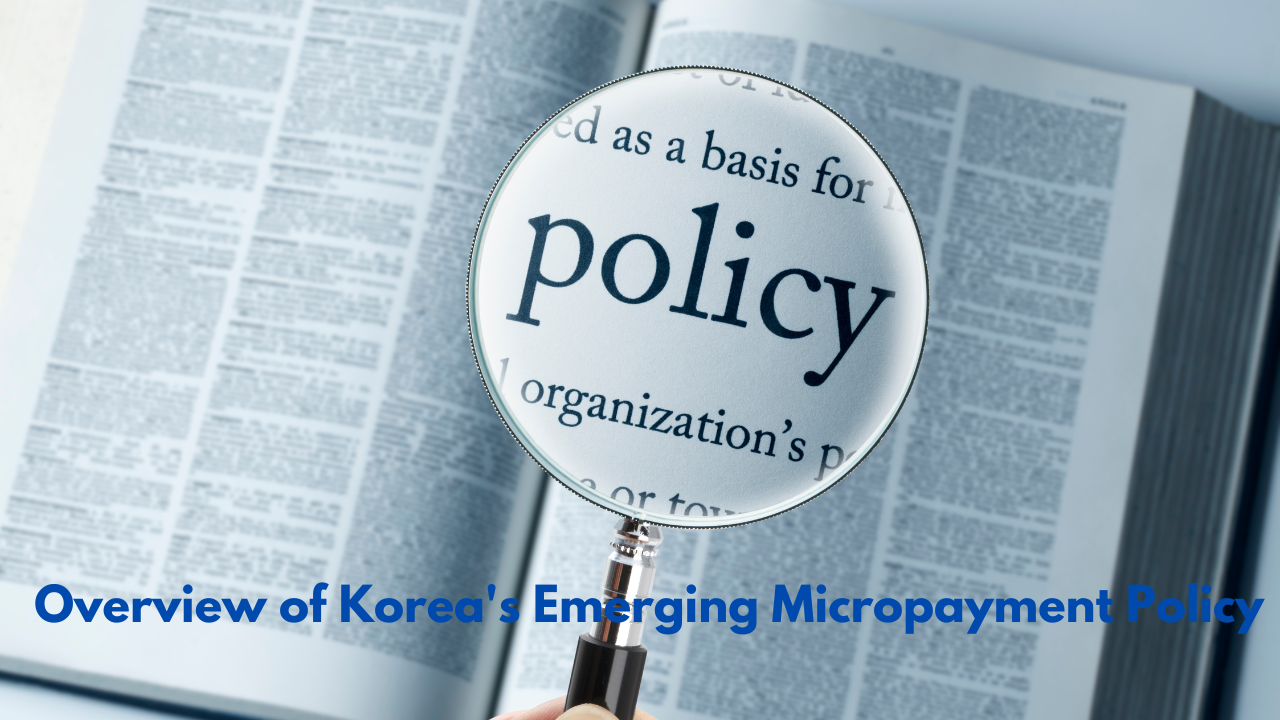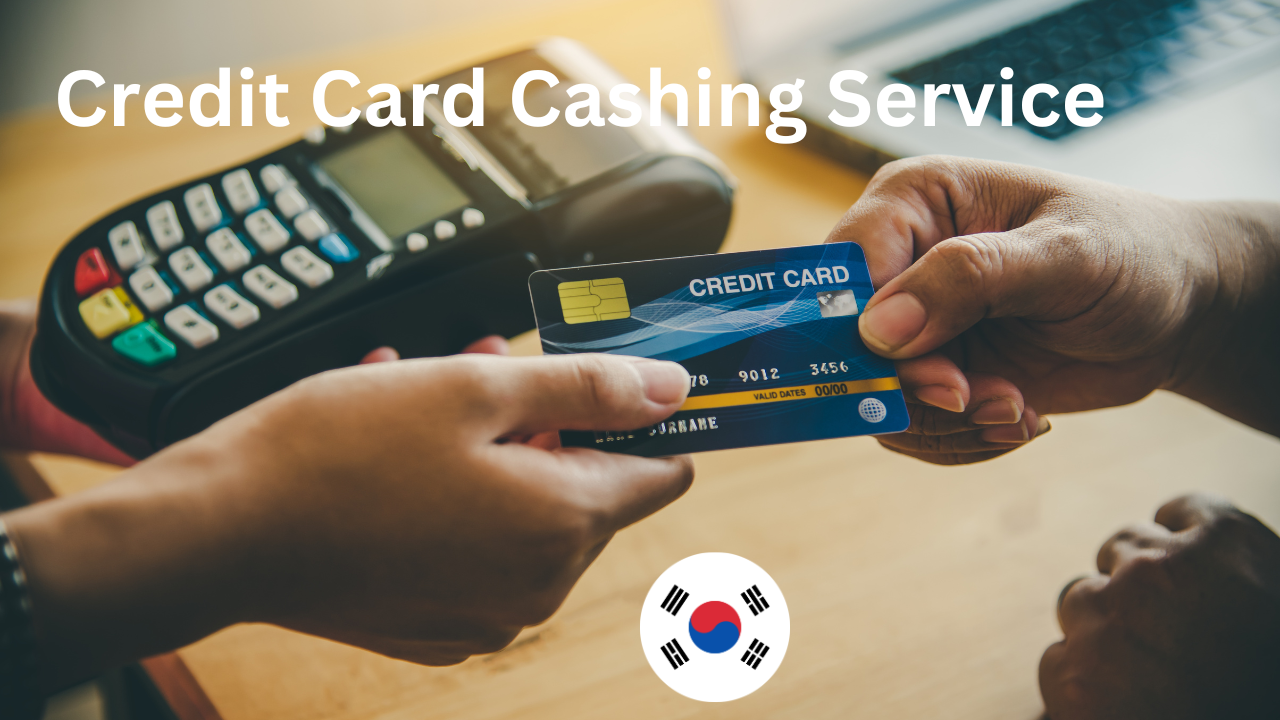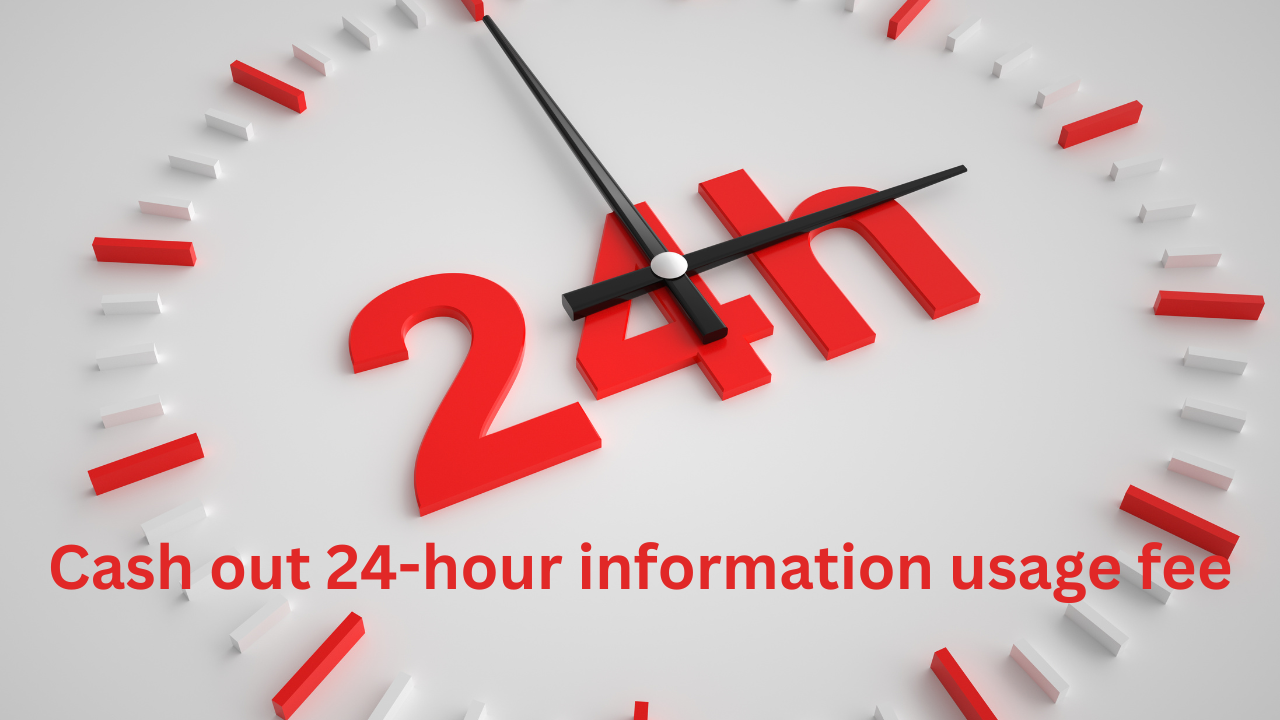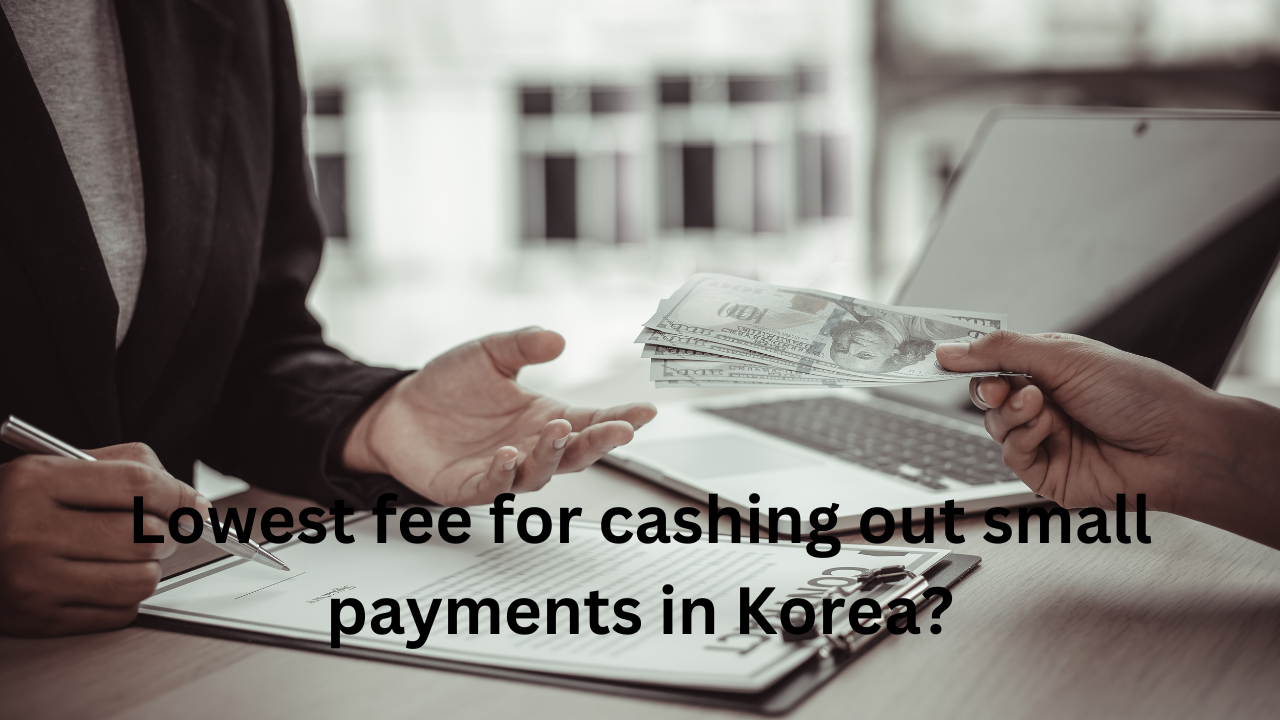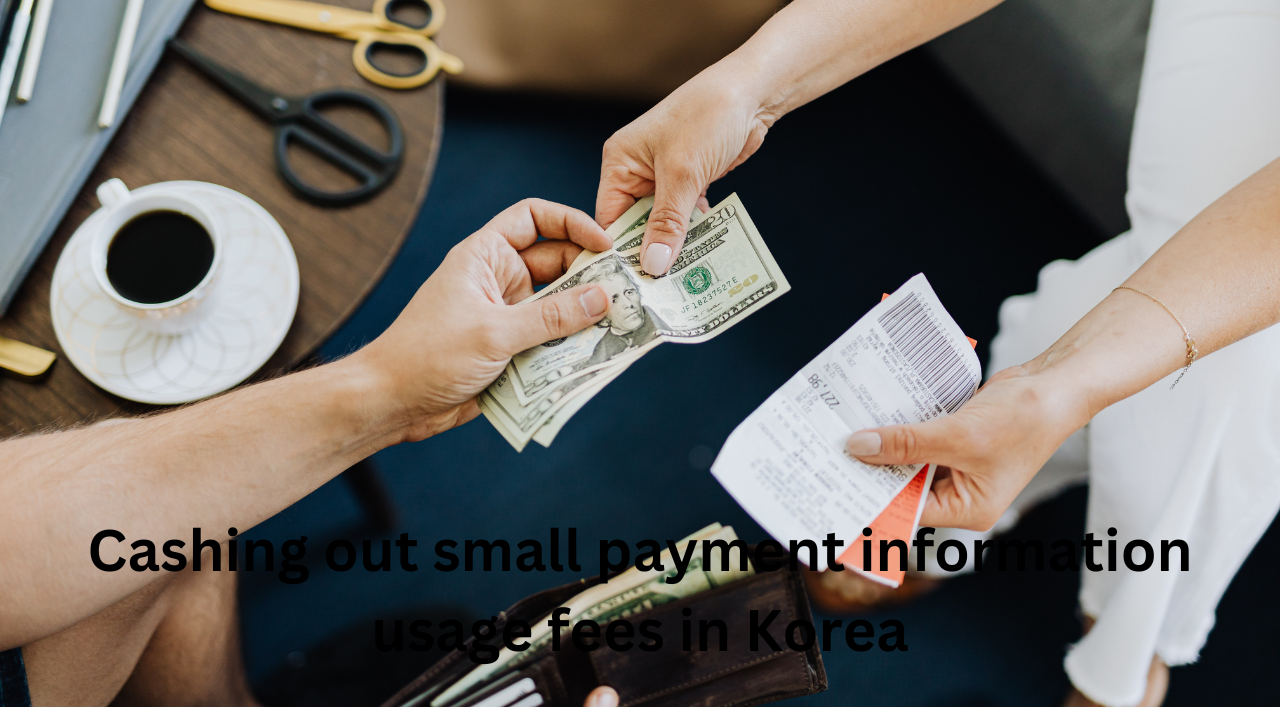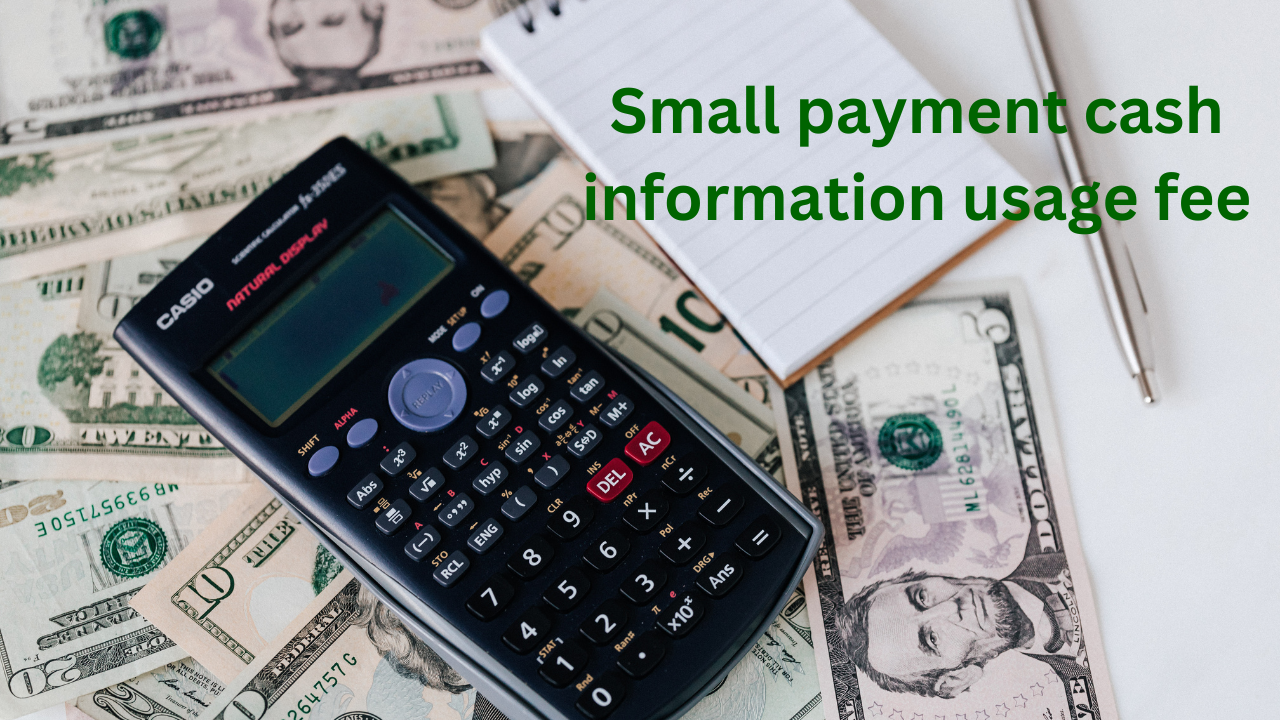Korea introduced an Information usage fee cashed content usage fee years ago. People had to pay fees to use some websites and apps. The government wanted companies to make money from digital content. Companies were creating lots of articles, videos, and songs online. But they needed to earn more money from ads alone. The usage fees helped companies earn and make digital content.
Many types of content now charge fees in Korea. Large platforms like Naver and Kakao charge small fees. Fees are usually around $1-2 per month. You pay the fee and can then use all the content on the site without ads. News sites, video sites, and music streaming apps also charge. Older people may prefer to avoid paying the fees. But most young people are used to it now as part of digital life.
The Rise of Paid Content
In the past, most digital content on websites and apps in Korea was free. People could read articles, watch videos, and listen to music without paying. However, it took more work for content creators to make money through ads. To help companies earn more, the government started the “information usage fee cashed content usage fee” system. This allowed content to be paid for to boost the creation of articles, videos, songs, and more.
How Content Usage Fees Work?
Fees are paid each month to access a platform’s entire library. Users sign up on sites like Naver and Kakao. Then, they can browse all content without seeing ads. In the background, a small fee is charged to their payment account each month. Companies collect these fees and use the money to pay creators and fund new material for users. It has made paid digital content mainstream in Korea.
Who Pays Fees and How Much?
Young people aged 15-35 pay the monthly content fees. Older generations are more used to free content. Fees are usually around $1-2 per month for significant sites. However, some niche content platforms charge higher at $5-10, depending on what you get access to. The small, affordable fees are now seen as usual by younger internet users in Korea.
Popular Platforms and Services With Fees
The most prominent platforms in Korea that charge a monthly content fee include Naver and Kakao. Naver is similar to Google and charges $2 per month for access to articles, comics, and more. Kakao is like Facebook and charges $1 to view videos stored by friends. Other sites like Daum (for videos) and Melon (for music) also participate in the “information usage fee cashed content usage fee” system.
Benefits and Criticisms of the Fee System
Supporters say it has boosted high-quality digital productions that enrich culture. Writers and artists can earn a living more. However, some criticize that it limits access to information for those unwilling or unable to pay small fees each month.
Trends in Digital Content Consumption
Younger people are more used to the idea of paying a small fee for valuable online content or services. As this generation grows, paid digital content may seem normal worldwide in the future. Subscription services are on the rise globally, following Korea’s example.
The Future of Content Monetization in Korea
Experts predict the success of the fee system will mean it expands further in Korea. More specialized niche content may start charging fees, too. Fees may also be bundled together into one larger monthly package. The future also involves merging fees with e-commerce perks for better value to users.
Final Thoughts: Information usage fee cashed content usage fee
Korea’s 정보이용료 현금화 콘텐츠이용료 system has transformed how digital content is produced and consumed nationwide. While not a perfect model, it demonstrates one viable solution for content creators to earn a living online through small, affordable fees. As young generations who grew up with this system become the global internet majority, paid content offerings personalized to different interests may become the standard worldwide and drive new blended economic models around online media.




